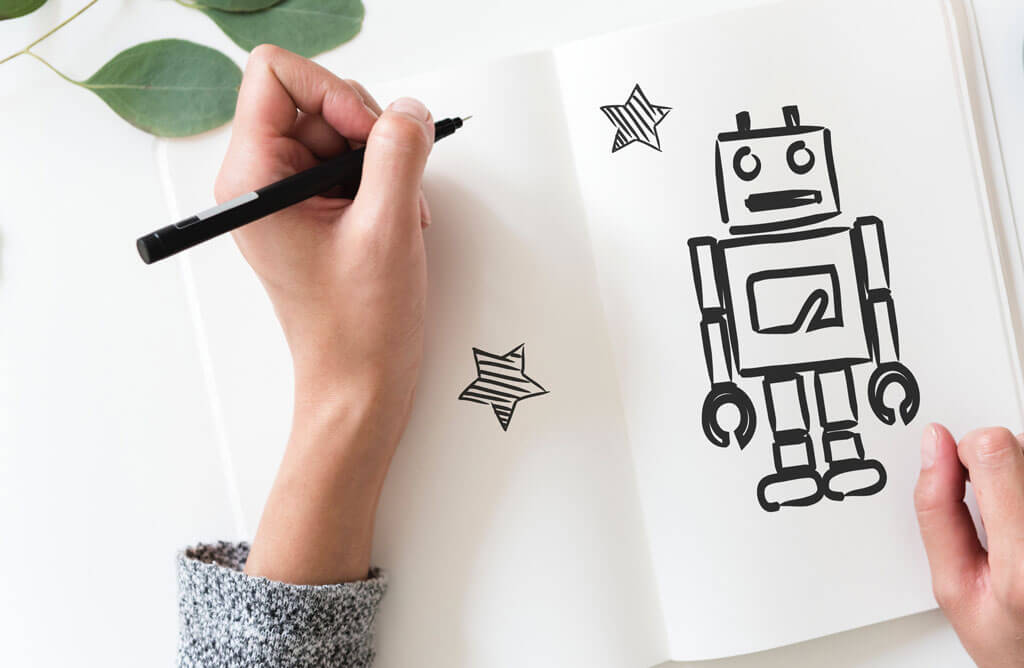Have you almost given up after unsuccessfully searching for your information in a company’s website? Chatbots are new technological innovations that are here to solve your problem. They have simplified digital communication by making it possible for you to access any information within twenty four hours. Organizations are utilizing this innovation to turn their businesses into empires.
Chatbots are built to provide automated and relevant responses to website guests. With chatbots, clients and prospects are assured of instant responses to all their inquiries and other services. Unlike in the past when clients had to go through long processes of contacting customer care desks to get help, chatbots take the shortest time possible to deliver similar services. They engage clients and prospects at any time of the day and deal with their individual issues conclusively.
How Many Types of Chatbots Exist?
Basically, there are two types of chatbots namely:
Rule governed chatbots:
These accounts for about 90 percent of the chatbots that businesses are using currently. It is also expected that most of the chatbots that will be created in the future will fall under this category. They are designed to perform only specific commands and give responses accordingly. They feature a simple structure consisting of a decision-tree of pre-defined questions and answers. These categories of chatbots have proven to be 95 percent effective if they are well designed. They mostly take text formats where users make their inquiries and receive text responses.
Artificial intelligence chatbots:
these categories of chatbots utilize intense learning engines to formulate expected responses. Unlike rule chatbots, they lack strict decision trees to guide their working. Instead, they possess the ability of learning from experience after undergoing constant training. This training is usually carried out on the Natural Lanuage Proccessing (NLP) models that the bot is using, so that where it misunderstood a sentence, it will give the correct response next time. These chatbots can handle complex conversations to generate relevant responses in a more flexible fashion.
Can Chatbots Receive or Deliver Voice Conversations?
Chatbots can receive and deliver voice responses. All that the designer is required to do is to include components that will support the voice. If you want your chatbot to deliver audio responses, you need to follow these simple guiding steps.
Install an AI based voice recognition device. Customize the chatbot with a wake up command that will convert any submitted text to a ‘wake up.’ The voice system consists of voice recognition components such as Natural Language Understanding tool. NLU can convert a text to a speech and vice versa.
The process of converting a text to speech or speech to text works in line with artificial intelligence based systems. It is enhanced by supplying relevant response data from in-house systems.
How can Chatbots Handle Long and Difficult Conversations?
Your business may be dealing with products whose users seek long responses for most of the inquiries. Most chatbots are built to give short responses. In fact, effective chatbots are tailored to deliver short responses. A business may find itself in the situation, for example, of having to explain to users a difficult task involving a particular product.
In such a case, the business may be forced to opt for long conversations in order to help its clients. Conversations that have several variables will have to be handled using the AI model. If the results of the conversations are monitored and the NLP model ‘trained’ (either automatically, with a Machine Learning algorithm, or manually, by a human, or both as ‘supervised Machine Learning’), this will give users satisfactory responses through long conversations.
While the chatbot is building up accuracy towards near-human levels, it might well be necessary to also offer live chat support from within the bot’s menu. This can be phased out as the bot learns to successfully carry out its tasks.
What is the Relationship between Chatbots and Natural Language Processing?
The major role of chatbots is to create a conversational platform that will enhance communications in businesses. NLP is a type of artificial intelligence that helps a machine to understand and produce human language. Whereas chatbots are used as conversational tools, NLP aids in adding context to chatbot conversations. For conversations involving more than pressing buttons or restricted answers an NLP model comes into play, whereby the chatbot breaks down the sentence to try to understand its ‘entities’ (broading speaking, nouns) and its meaning.
How good the NLP system is will determine how accurate and human will be the conversation. For example, if the word ‘book’ occurs in a conversation, an NLP trained against hundreds of thousands of sentences with ‘book’ in them will help the bot to understand if the word has been used as a noun or a verb.
What is the Importance of Chatbots?
Chatbots are important business tools that generate answers to questions frequently asked by users. The easiest way to respond to user concerns is by providing instant feedback through a chatbot, one that can direct the user to relevant resource web pages if necessary. The staff of organizations using chatbots are left with more time to deal with serious organizational issues while the bots handle all simple tasks. This helps the organizations to deliver better services to their clients.
